SP's Aviation - ISSUE No 06-08
Previous Issue Next Issue

SP Guide Publications puts forth a well compiled articulation of issues, pursuits and accomplishments of the Indian Army, over the years

"Over the past 60 years, the growth of SP Guide Publications has mirrored the rising stature of Indian Navy. Its well-researched and informative magazines on Defence and Aerospace sector have served to shape an educated opinion of our military personnel, policy makers and the public alike. I wish SP's Publication team continued success, fair winds and following seas in all future endeavour!"

Since, its inception in 1964, SP Guide Publications has consistently demonstrated commitment to high-quality journalism in the aerospace and defence sectors, earning a well-deserved reputation as Asia's largest media house in this domain. I wish SP Guide Publications continued success in its pursuit of excellence.
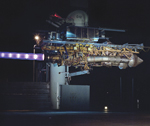
Advent of the gas turbine engine-commonly called a jet engine—ushered in a revolution in aviation almost as vital as the Wright Brothers’ first flight.
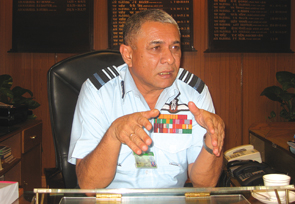
Crowning a distinguished career spanning 38 years with the Indian Air Force, Air Marshal P.V. Naik took over the mantle of the Vice Chief of Air Staff on January 1. In an extensive interview to SP’s Editor-in-Chief Jayant Baranwal and Senior Visiting Editor Air Marshal (Retd) V.K. Bhatia, Air Marshal Naik outlines his hopes and aspirations for the force.
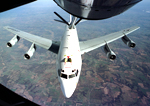
Lack of co-operation and coordination among India’s government departments has been commented upon frequently and the Kargil Review Committee was scathing in its indictment of intelligence agencies. Such a situation does not bode well for strategic reach mission.
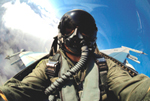
What are the attributes of a military pilot? Not just grit, determination and commitment to mission accomplishment even at the peril of one’s life, but also execution of the task in a cool, calm, collected and alert frame of mind.
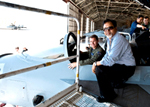
Evolved from its predecessor, F/A-18 Super Hornet is a multi-role combat aircraft in the 30-tonne AUW Class with all the attributes of a Fourth Generation+ weapon system.
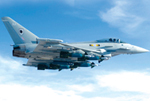
The Royal Air Force’s newest fighter aircraft has proved its air-to-surface capability, thereby passing its latest major hurdle on the way to becoming a fully fledged multi-role combat aircraft.
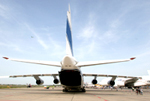
As official partner country, India grabbed centrestage to showcase capabilities and attract business opportunities even as the organisers, German Aerospace Industries Association, claimed record sales with the spotlight firmly on innovations responsible for significant reductions in the emission of pollutants by aircraft.

Excruciatingly tedious pace adopted in the acquisition of 126 medium multi-role combat aircraft (MMRCA) has come as a dampener for the Indian Air Force (IAF) faced with a steadily dwindling combat fleet.
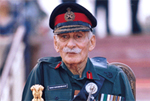
Old soldiers never die, it used to be said, they just fade away. When a sovereign or head of state ceremonially presents a Field Marshal’s baton to a soldier, he is conferring the highest honour a nation can bestow on one of its valorous warriors.

Jean-Pierre Blanchard had a rather poor business sense and was heavily in debt when he married Sophie in 1804. The couple believed that a female balloonist would attract the crowds and help make enough money to rid them of their financial woes. Consequently, Jean-Pierre took Sophie up for her first ascent in a balloon on December 27, 1804 at Marseilles.
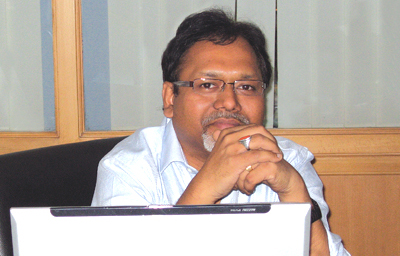
Higher, faster, stealthier. From the earliest simple designs, with thrust rating of 4 to 5-kN, to the present day 150-kN+, modern military engines sport multi-stage compressors and turbines, afterburners, vectored thrust, and are capable of super-cruise in dry power.
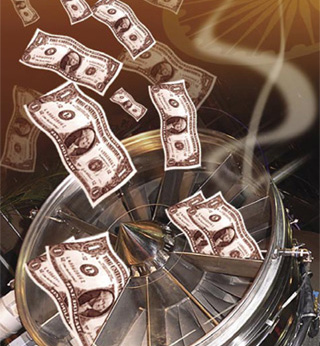
At the inauguration of the Defence Avionics Research and Establishment in Bangalore on June 14, India’s Defence Minister A.K. Antony said India is in the process of scouting for a partner to develop higher-thrust engine for its ambitious Light Combat Aircraft (LCA).
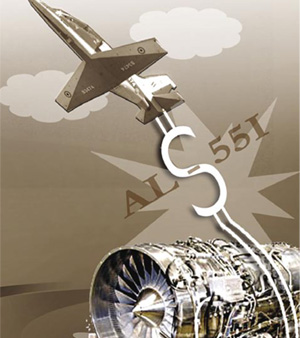
The floundering Intermediate Jet Trainer (IJT) programme of Hindustan Aeronautics Limited (HAL) got a much-needed shot in the arm with the arrival of a prototype of the long-delayed Russian engine to power the trainer.
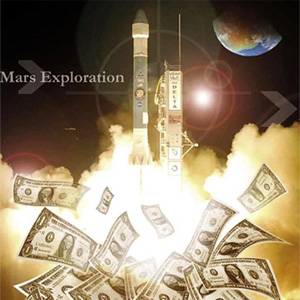
Days of struggling with sticky Martian dirt later, the Phoenix Mars Lander met with unexpected success on June 12 in getting its first soil sample into an onboard laboratory for analysis. The breakthrough came after the lander spent days vibrating a screen over its onboard Thermal Evolved Gas Analyser (TEGA) in hopes that the clumpy soil would break loose and fall into the onboard ovens.
Dismay and debate is not just about the perceived arbitrary hike in cost, but encompass the larger spectrum of business ethics. Here, the Russians are certainly foundwanting in living up to promises.

Steeped in the communistic command economy for the better part of the last century, the Russians appear to be still grappling with the nuances of a free market economy — the opportunities it affords and the attendant responsibilities.
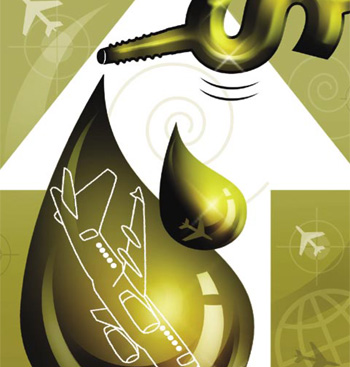
Hike in aviation turbine fuel prices has rattled the finances of airlines—already reeling under a cumulative loss of Rs 4,000 crore—into paroxysms of despair and despondency.